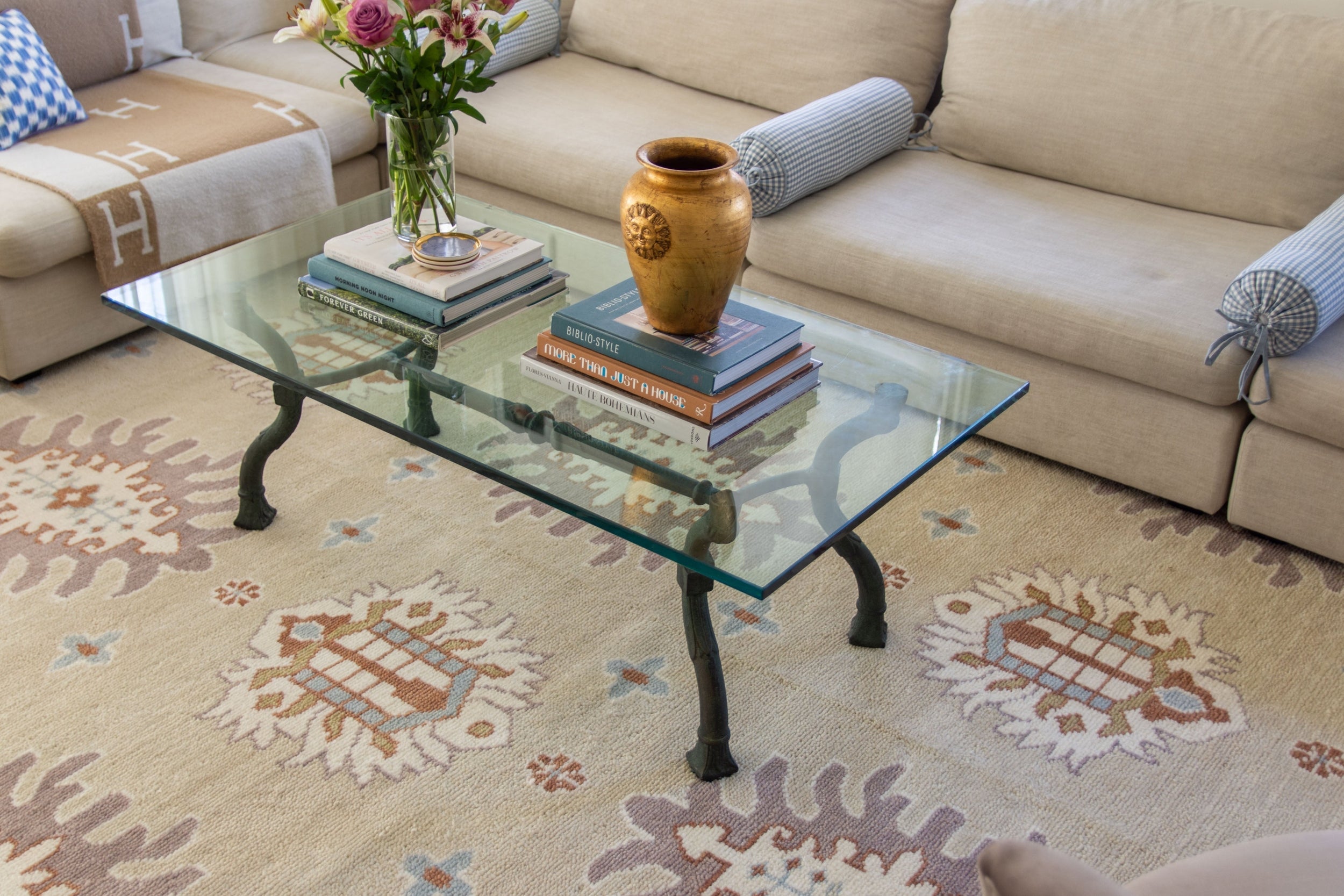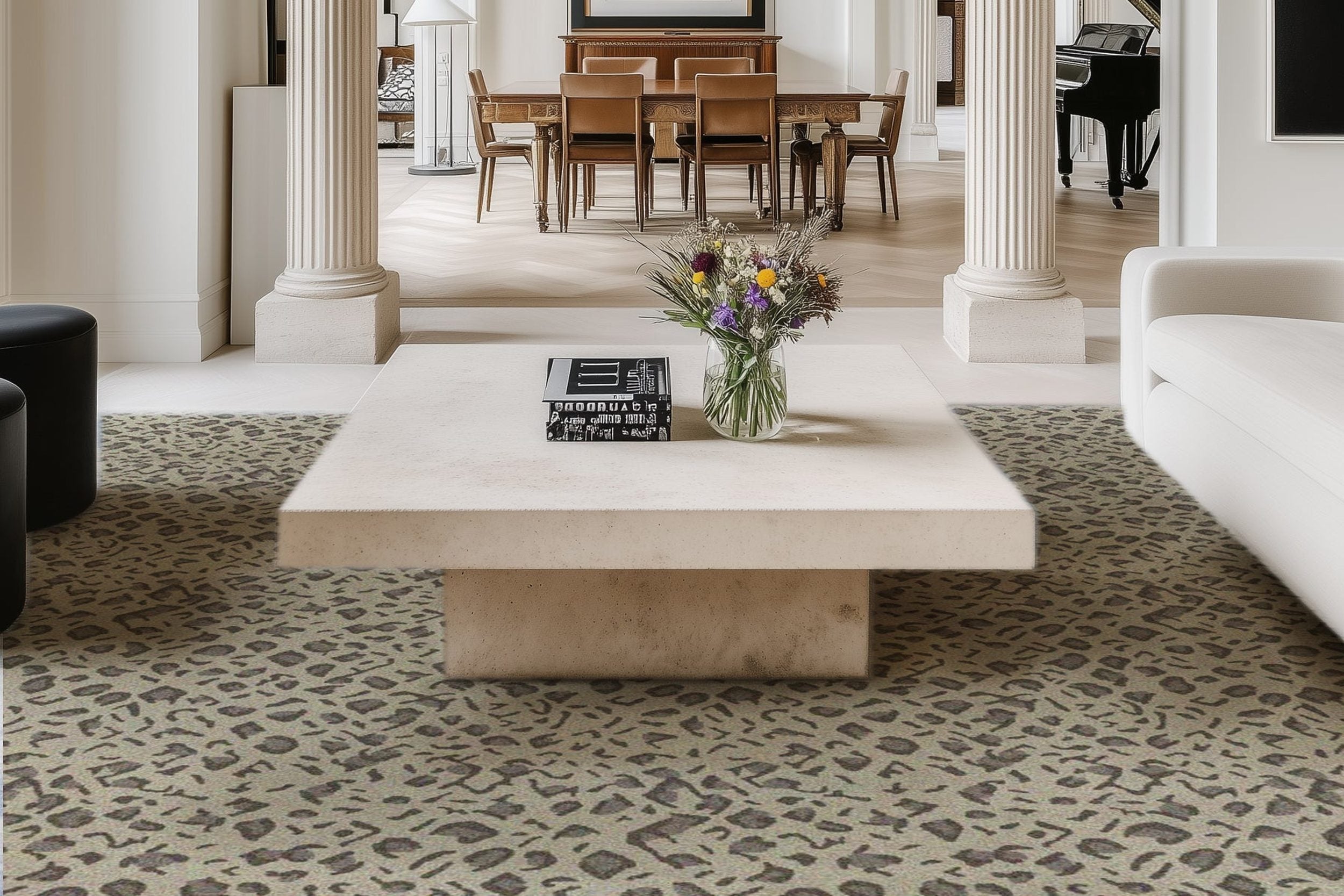Designer-Approved Accents for Modern Gardens
 Creating a memorable garden or yard involves more than plant selection. Designers treat outdoor spaces like open-air rooms. Every surface. Every material. Every spatial cue. All contribute to a cohesive outdoor environment. Below is an in-depth, technical examination of the accents designers use when shaping functional and visually coherent landscapes.
Creating a memorable garden or yard involves more than plant selection. Designers treat outdoor spaces like open-air rooms. Every surface. Every material. Every spatial cue. All contribute to a cohesive outdoor environment. Below is an in-depth, technical examination of the accents designers use when shaping functional and visually coherent landscapes.
Structural Elements That Anchor a Garden
Designers start with structure. They treat the garden as a sequence of defined zones. Structural accents create boundaries, movement, and hierarchy.
Hardscaping plays the lead role here. Natural stone pavers add mass and permanence. Concrete slabs introduce a crisp, modern geometry. Crushed granite provides permeability where runoff is a concern. Pathways must resolve into logical destinations, such as entry points, seating areas, water features, or planting beds. Each path also establishes directional flow, which explains why spacing and alignment are important.
Edging materials help reinforce form. Steel edging offers a rigid, architectural line. Brick edging introduces a softer, historic reference. Composite edging works when budgets are tight, but long-term maintenance must remain minimal.
Lighting belongs in structural planning. Designers use low-voltage LED fixtures for efficiency, reliability, and color consistency. Beam angles vary. Narrow beams highlight specimen plants. Wide beams wash across hedges or walls. Path lights sit at staggered intervals to avoid symmetry with the runway. Proper positioning reduces glare and improves nighttime legibility of the landscape.
Once the skeleton is in place, designers layer expressive accents.
Decorative Elements That Add Identity
Accents define character. They provide the emotional tone of a garden. Good designers choose pieces that do more than look beautiful. They must support function, climate, and long-term maintenance needs.
Sculptural pieces are common. Weathered metal gives a contemporary, industrial feel. Carved stone adds weight and longevity. Resin or fiberglass is suitable for large formats where mass needs to remain low. A sculpture’s scale should match its viewing distance. Close-range sculptures can be smaller and detailed. Long-range sculptures need bolder, simpler forms to hold visual weight.
Containers are another designer staple. Cylinder planters are well-suited for modern spaces due to their clean shape. Tapered forms complement mid-century landscapes. Terracotta breathes well but cracks in freeze-thaw climates. Powder-coated metal resists corrosion but heats up quickly in direct sun. Designers pick materials based on solar exposure, watering routines, and seasonal temperature swings.
Color accents matter too. Designers often draw color inspiration from the home’s exterior—trim, masonry, doors—and repeat it subtly in outdoor elements. Cohesion between architecture and landscape creates a resolved, intentional look.
This is also where customizable outdoor graphics come into play. Products like die cut yard signs give designers a flexible tool for temporary displays, wayfinding at garden events, or seasonal décor. Their precision-cut shapes and weather-resistant finishes make them far more design-friendly than standard rectangular signage.
Plant-Driven Accents With Structural Value
Plants can serve as accents even when they fulfill structural roles. Designers analyze form, texture, and the interaction of light.
For structure, evergreens hold shape year-round. Boxwood, yew, and holly produce strong silhouettes that withstand pruning. Ornamental grasses add kinetic movement—perfect for softening hard edges. Designers combine upright and cascading forms to manipulate sightlines. Height transitions should feel deliberate, not random.
Foliage color matters as much as flower color. Blue-green conifers cool a composition. Chartreuse shrubs brighten shaded areas. Dark foliage adds depth. Most designers place the boldest foliage near architectural elements to reinforce that relationship visually.
One noteworthy statistic: A study by the University of Washington found that well-designed landscapes can increase perceived home value by up to 12%.
That’s why plant-driven accents aren’t just decorative, they’re strategic.
Water Features, Reflective Surfaces & Sonic Texture
Water introduces another sensory layer. Designers select water features based on acoustic output, maintenance load, and evaporation rate. Sheet-flow fountains produce a clean sound profile. Bubblers deliver low-volume white noise. Ponds support ecosystem diversity, but they require filtration, plant balance, and seasonal cleanup.
Reflective surfaces add spatial expansion. Stainless-steel panels reflect surrounding foliage, making the garden feel larger. Polished stone works similarly but reads softer. Placement must prevent glare and avoid burning nearby plants with reflected heat.
Sound texture is a hidden design element. The right water feature masks traffic noise. Wind chimes introduce tonal variation but must be placed where wind patterns are predictable. Designers study prevailing winds before installing any acoustic devices.
Seating, Gathering Zones & Functional Accents
Every garden needs functional anchors. Furniture, fire elements, and shade structures fall into this category.
Seating defines purpose. Built-in benches maximize space in small yards. Movable furniture supports flexible entertaining. Materials matter: teak weathers gracefully, aluminum resists corrosion, and HDPE composites handle extreme climates.
Fire elements extend seasonal use. Gas fire tables provide clean operation with minimal mess. Wood-burning pits provide ambience but require compliance with local burn rules. Designers scale fire features to seating radius—too large creates a heat imbalance, too small feels visually weak.
Shade structures add architectural impact while controlling thermal comfort. Pergolas allow partial sun. Sail shades fit modern yards and resist wind when tensioned properly. Rafter spacing, fabric weave, and orientation determine light penetration.
All of these choices work together when planned with restraint and consistency.
Balancing Accents With Ecology & Maintenance
Designers think long-term. Accents must thrive in the climate, withstand UV exposure, and survive winter cycles. They also consider ecological impact. For example, native plant palettes reduce irrigation requirements. Low-temperature LED lighting reduces energy draw. Permeable hardscapes improve runoff control.
Maintenance drives many decisions. Metal sculptures need occasional sealing. Wood accents require refinishing. Fiberglass pieces fade under UV unless coated. Designers choose finishes based on sun exposure and maintenance tolerance of the homeowner.
The strongest spaces strike a balance—high design with manageable upkeep.
Conclusion
Designer-chosen accents transform a garden from a simple outdoor area into a cohesive spatial experience. Structure first. Decorative layers next. Plant accents for depth. Functional elements for comfort. And environmental considerations throughout. Every accent should serve a purpose, reinforce design language, and age gracefully in the landscape.
Browse by Category

Design Projects
Explore interiors from client work and personal renovations — layered, livable, and always in progress.
read more →
Collaborations
From product launches to styled spaces, discover the brand stories I’ve helped bring to life.
read more →
The Notebook
A growing archive of iconic designers, inspiring artists, and unforgettable design moments.
read more →
Travel by Design
Wander with a designer’s eye — from charming hotels and city guides to visual inspiration abroad.
read more →




